How to Do TikTok SEO: A Beginner-to-Pro Blueprint in 4 Weeks
It’s a search engine: To learn more about TikTok SEO, I hopped on a call with Charlotte Ang, the co-founder of Traffic Bees, a digital marketing agency based in Singapore that also owns PickleGO, a pickleball equipment store that...
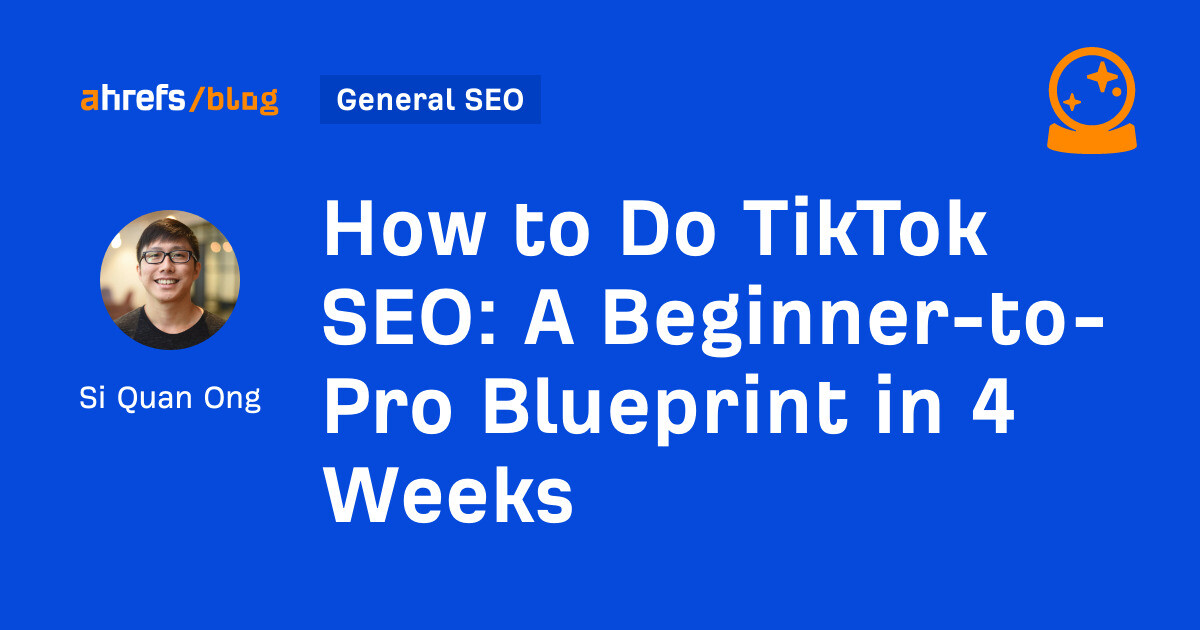
For Gen Zs, TikTok isn’t just a social feed. It’s a search engine: To learn more about TikTok SEO, I hopped on a call with Charlotte Ang, the co-founder of Traffic Bees, a digital marketing agency based in Singapore that also owns PickleGO, a pickleball equipment store that she grew primarily via TikTok. She was also a speaker at Ahrefs Evolve: During our interview, I decided to challenge her. I asked: Imagine that you’ll win $1M if you could successfully teach someone from scratch to rank high for their target keywords in TikTok in just four weeks. What would the week-by-week plan be? This is her four-week plan. The first week is the busiest week. It’s the most important week where you get ready, figure out what to post, and record your content. According to Charlotte, that person needs these qualities: The most ideal person is a Gen Z themselves. Makes sense: they were born into TikTok and moulded by it. But as Charlotte discovered, you don’t have to be one. You just need to know their language and behavior. In the early days, Charlotte approached TikTok like a millennial: polished, structured, and careful. But TikTok isn’t YouTube or Instagram. So, her videos flopped. There is a specific type of humor on TikTok. And people don’t want a fake reality—they want to peek at the behind-the-scenes and see something authentic. So, Charlotte re-trained her instincts and learned how to speak the platform’s language through her interns, other creators, and observing trends. She stopped trying to “make ads” and started making TikToks. Use your account and start searching for and scrolling through videos in your niche. You should like and comment on these videos. The goal here is to ‘tune’ the algorithm to align with your niche and let TikTok know you’re active on the platform. Since there are only four weeks to rank, you don’t want to compete with thousands of videos trying to rank for broad terms like “pickleball”. You’d want to go for a keyword like “2 bounce rule pickleball”, one which fewer people are creating content around and a higher chance your video will show up when someone searches for it. How do you find these long-tail keywords? Charlotte begins her keyword research process by entering her niche (“pickeball”) into Ahrefs’ Keywords Explorer. She then navigates to the Matching terms report and clicks on the Clusters by Parent Topics tab: This gives her a direction on the overarching topics to create content for. She then enters these topics into TikTok’s search bar and see what topics pops up in the autocomplete: She also scrolls and checks the Others searched for suggestions: If your account is new and without authority, your content is unlikely to rank for the keywords you want to target. So, the strategy here is to do an 80/20: The FYP is a personalized recommendation feed that shows users videos based on what TikTok’s algorithm thinks you’ll enjoy, whether it is to a follower or non-follower. The FYP matters because it is where discovery happens. Even if you have zero followers, your video can go viral if the algorithm pushes it onto the right FYPs. That’s why creators often talk about “making content for the FYP”. It means creating videos that are: If you’re a brand, content ideas also include brand updates, behind-the-scenes, stories about the founder, and more. For example, a popular format today is seeing the employees behind the brand. But is going viral useful? While Charlotte can’t confirm if going viral helps with rankings, going viral helps with audience growth. Viral videos often lead to a spike in followers, giving you a bigger base to speak to in future. Here is how the flywheel works on TikTok: To go viral, try remixing a video or audio that’s currently making the rounds. For example, FIFA remixed the audio from Zhen Zhen, a viral Singaporean TikToker. Talk about the most random of worlds colliding. Charlotte estimates that the golden period for traction is the first two to three weeks of a viral video. How do you know which videos are trending? Pay attention to what keeps showing up. Use TikTok’s tools and your own FYP to spot them early, and then put your own spin on it fast. For example, look out for videos with the same format, sound, or editing style over and over again. If you see the same idea or sound 3+ times in a session, it’s probably trending! As for search-based videos, they are typically longer, more text-heavy videos, and geared for education. When your account grows and gets more traction, you can adjust the ratio and start doing more search-based content, e.g., 30-40%. Most of your time will be spent on filming and editing. For example, Charlotte’s team takes around two hours to film and up to 10 hours to edit for four to five videos. So, you’d want to get started as soon as possible. Make sure you include a hook in the first three seconds of all your videos. Think of your hook as the ‘headline’—it should be catchy and grab attention. For example, one of PickleGO’s videos has this hook: “How to hit a tweener so you can be a winner.” Simple rhyme, but it works. She also says that your hook needs to have a face. So, no faceless, AI robotic voices. How does Charlotte and her team come up with hooks? To no one’s surprise, they use ChatGPT. Every TikTok video has a thumbnail: their job is to catch your attention and get you to watch. These had to be specifically built into the video originally, but TikTok recently made a feature where you can upload a thumbnail (just like YouTube.) What about video editing? Here are the techniques Charlotte’s team implemented: If you want to know tools, Charlotte’s team uses CapCut. For longer videos, Adobe Premiere Pro. You’re preparing everything in week one. By week two, you should be publishing. At least one video a day. Just like regular SEO, make sure you’re optimizing the on-feed SEO of your videos. Tips from Charlotte: As your videos start to get engagement, reply to the comments using your target keywords: By the end of week two, you should see some results. The most important metric is your retention rate. Are people staying to watch or are they abandoning your videos? The drop-off rate typically starts at 5 seconds, which is why your hook is so important. Retention rate of a video with a hook Retention rate of a video with a hook Retention rate of a video with no hook Retention rate of a video with no hook Continue posting, looking at your analytics, and figuring out what’s working and what’s not. To know whether your search based videos are doing well, go to Search analytics under Creator Search Insights. This is similar to our good old Google Search Console. Under “Search analytics”, look for “Search views” under “Your inspired posts”. Here are your top viewed videos brought in from search. Get inspirations on what type of videos will do well by looking at “Search terms”. You’d also want to continue account farming—it’s social media, after all. Keep on liking, commenting, and engaging with other videos in your niche. You know you’re developing authority when your For You page is mostly about your niche, as well as the recommendations you see on Creator Search Insights. For the search-based videos you’ve published and it’s not ranking, a tactic Charlotte suggests testing is changing the captions or hashtags on those videos. You can accomplish a lot in four weeks. But like traditional SEO, ranking is a long-term game. Ultimately, TikTok is all about consistency. So, keep on posting. Ride some trends and have fun. Teach people how to do things in your niche. And continue tweaking your videos to get the best results out of the platform.
Get a dedicated person to run the channel
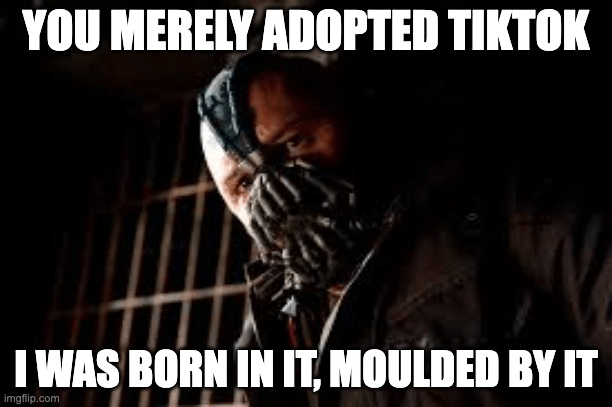
Start account farming
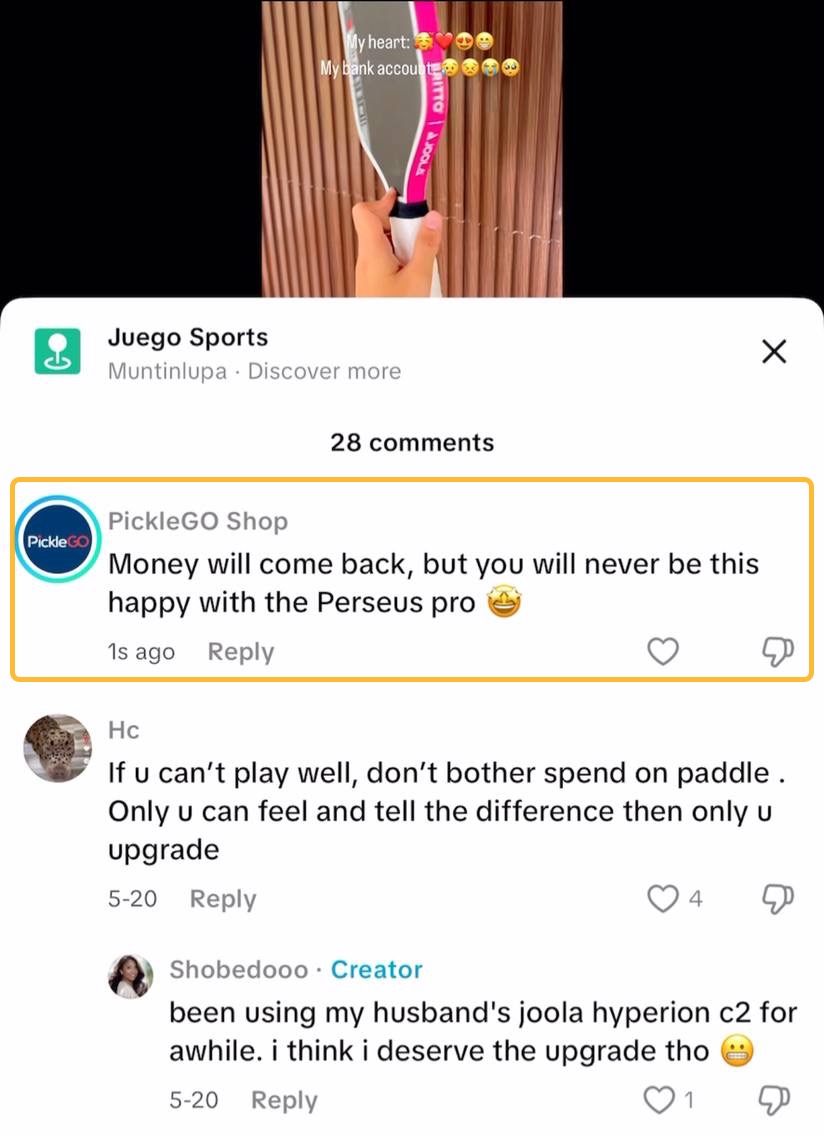
Target long-tail keywords

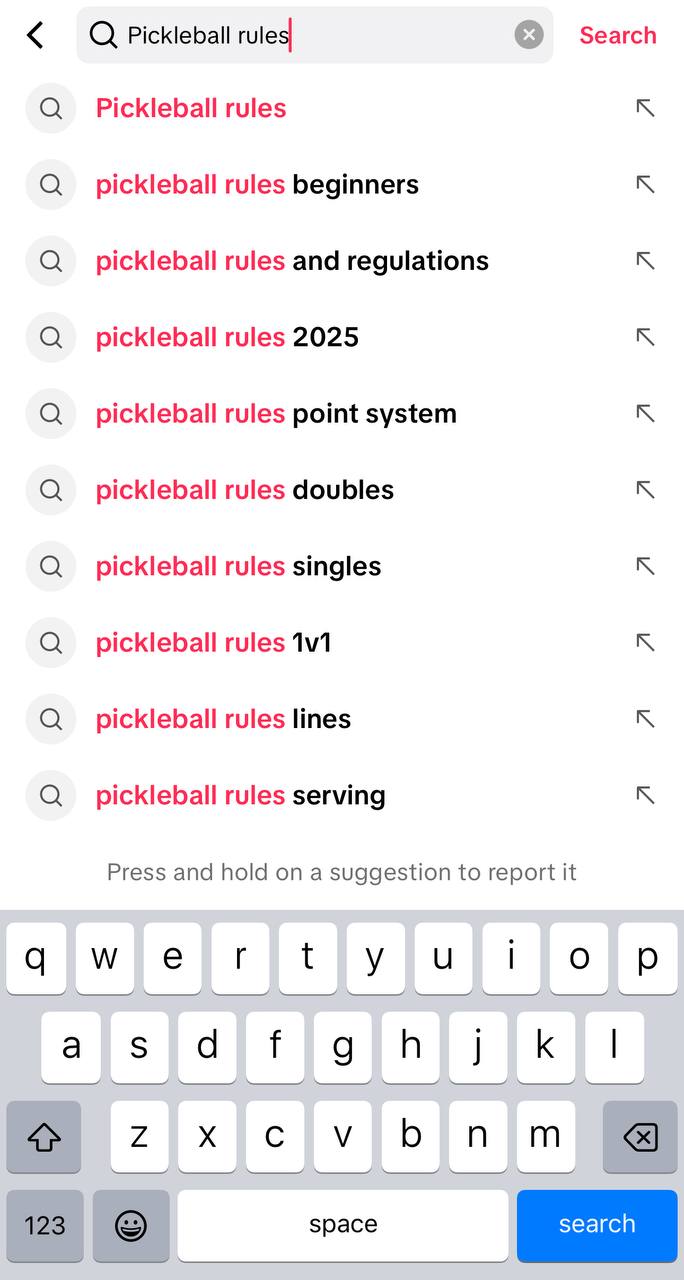

Plan 80% FYP, 20% search-based content
Film and edit your content
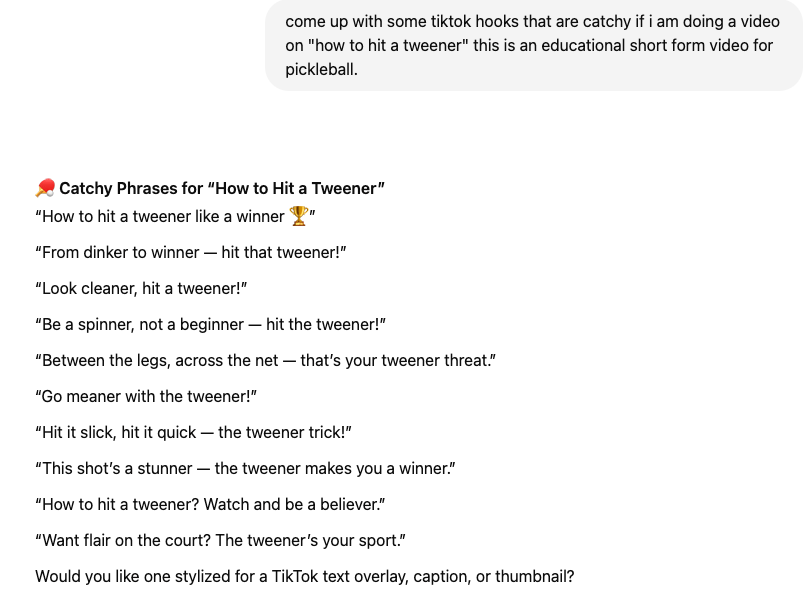
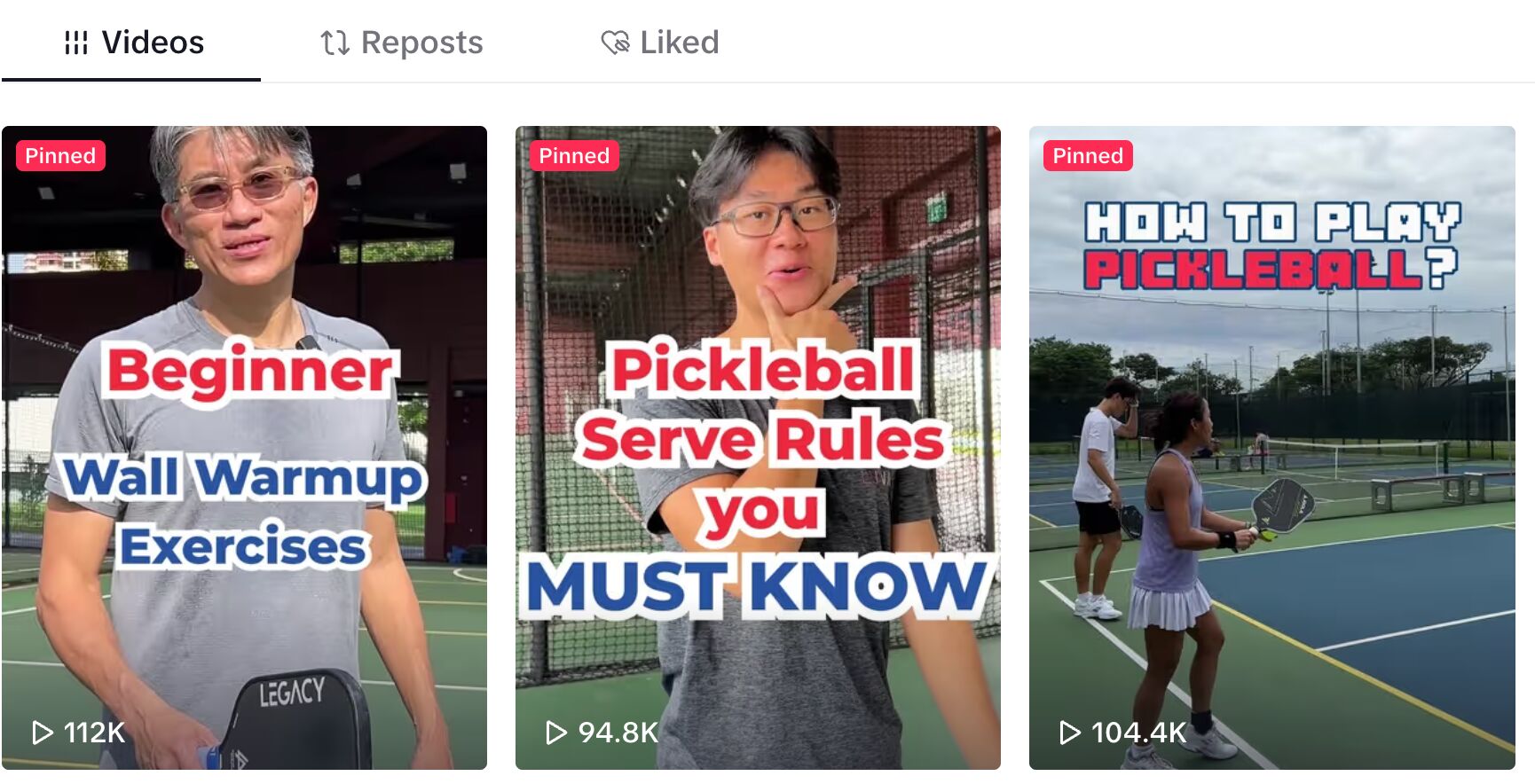
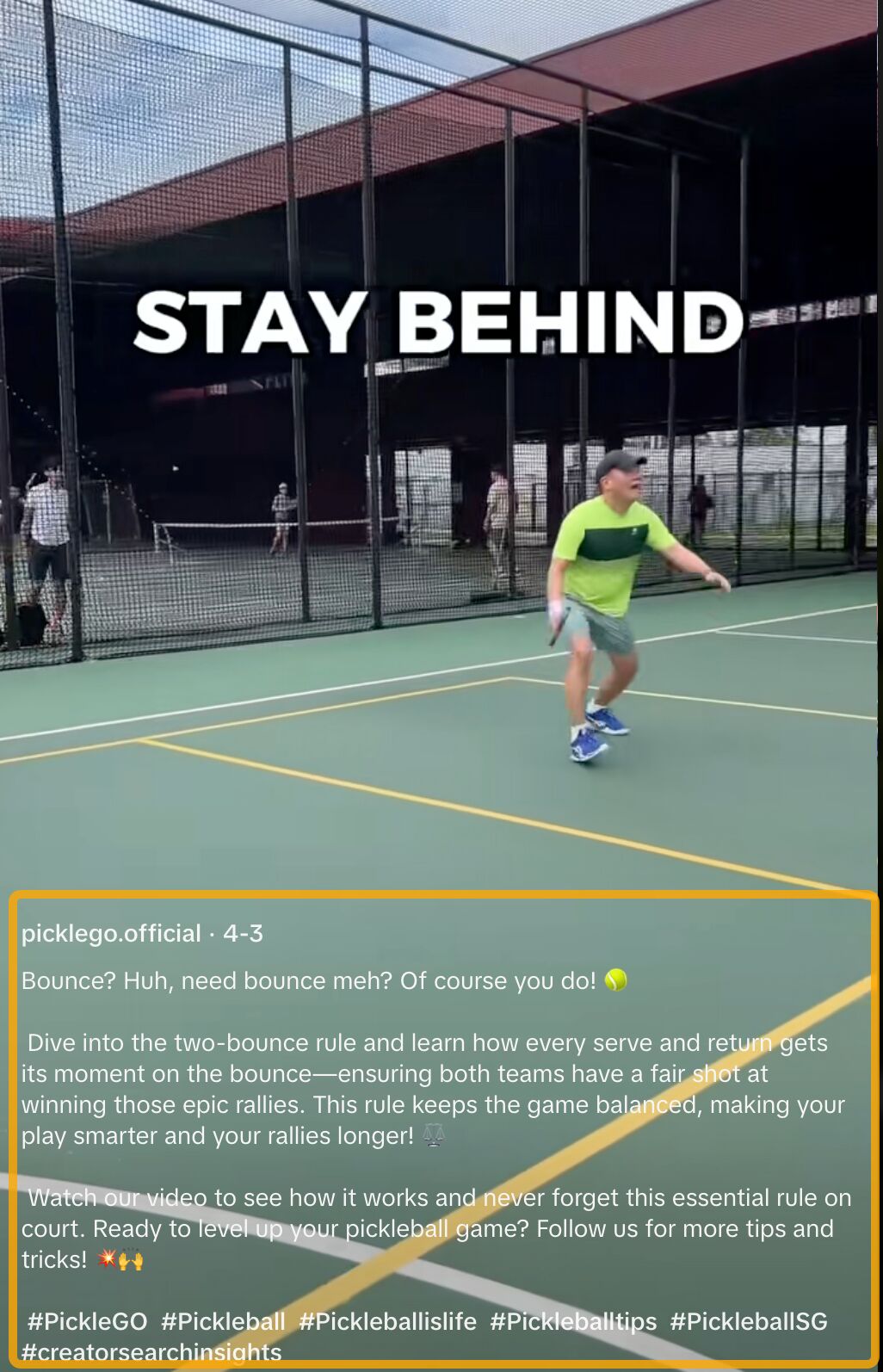
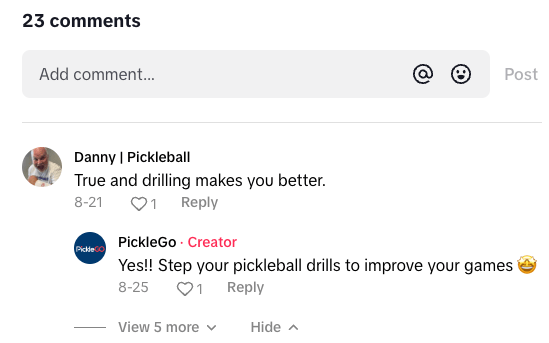

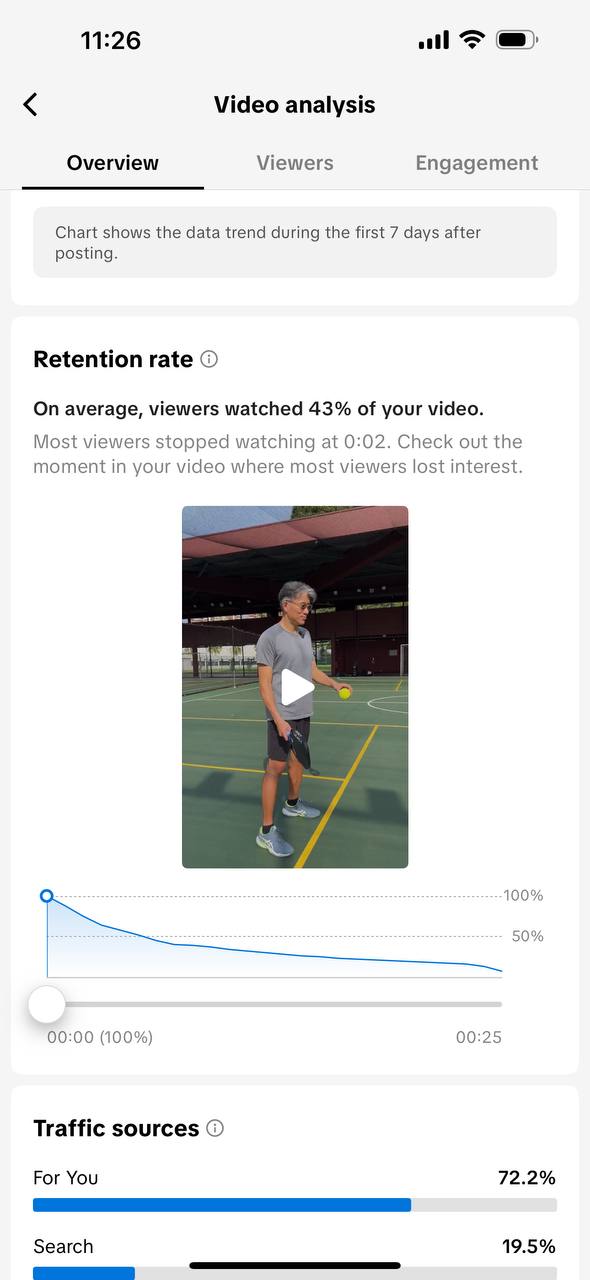
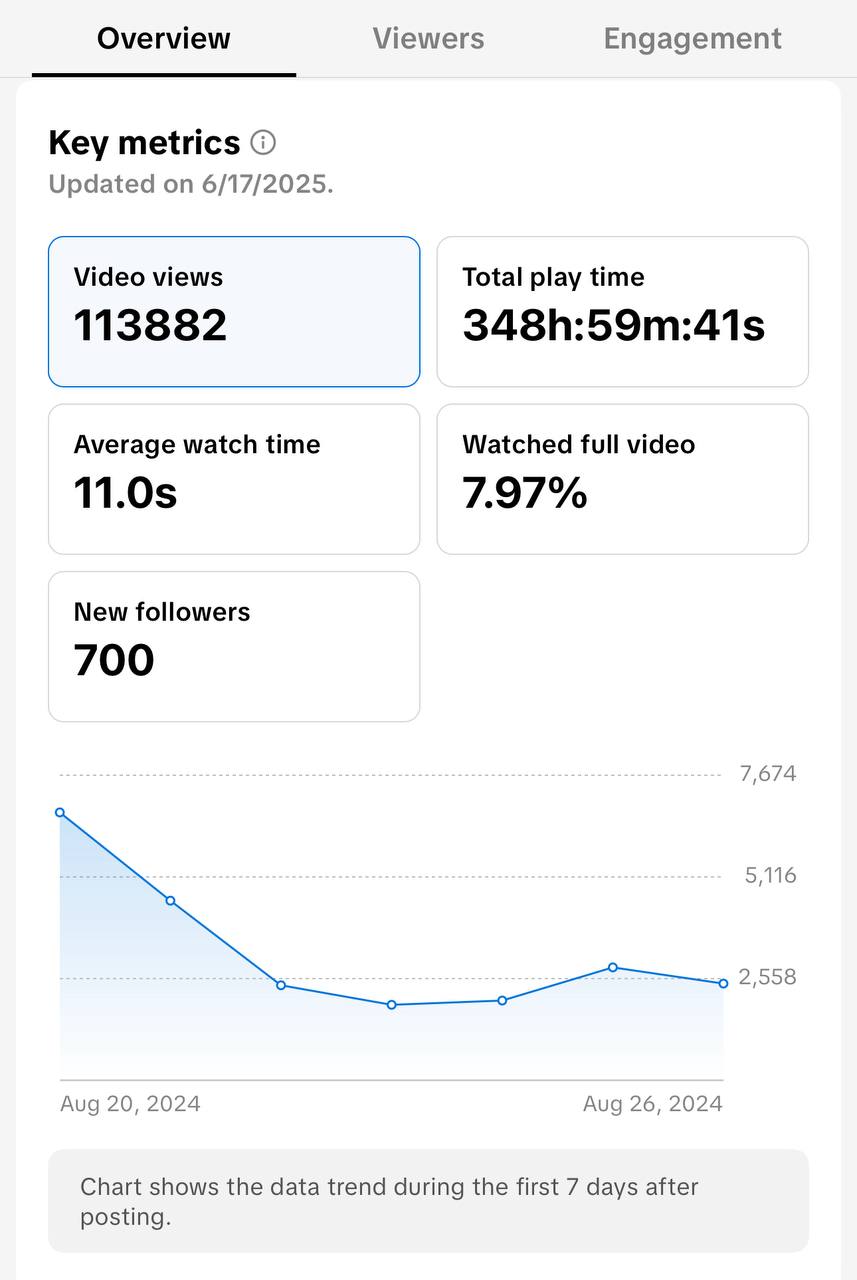
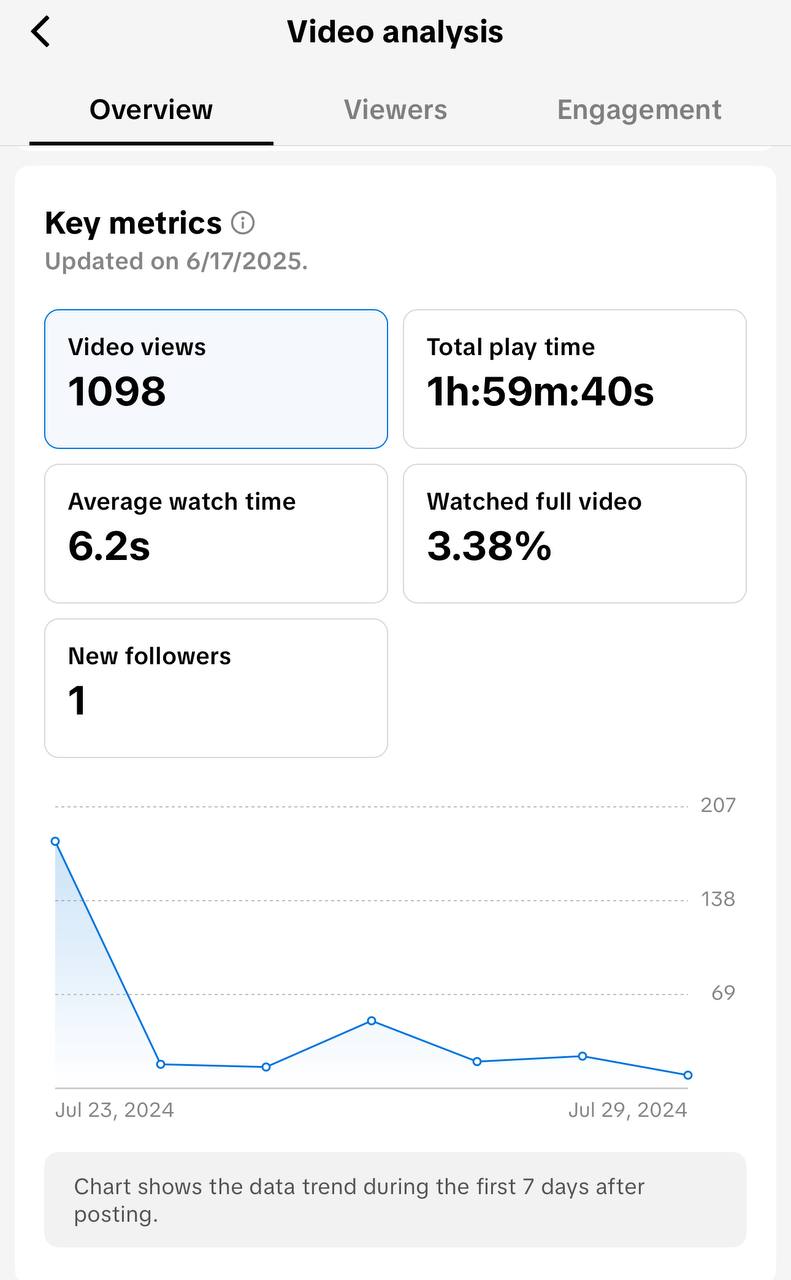

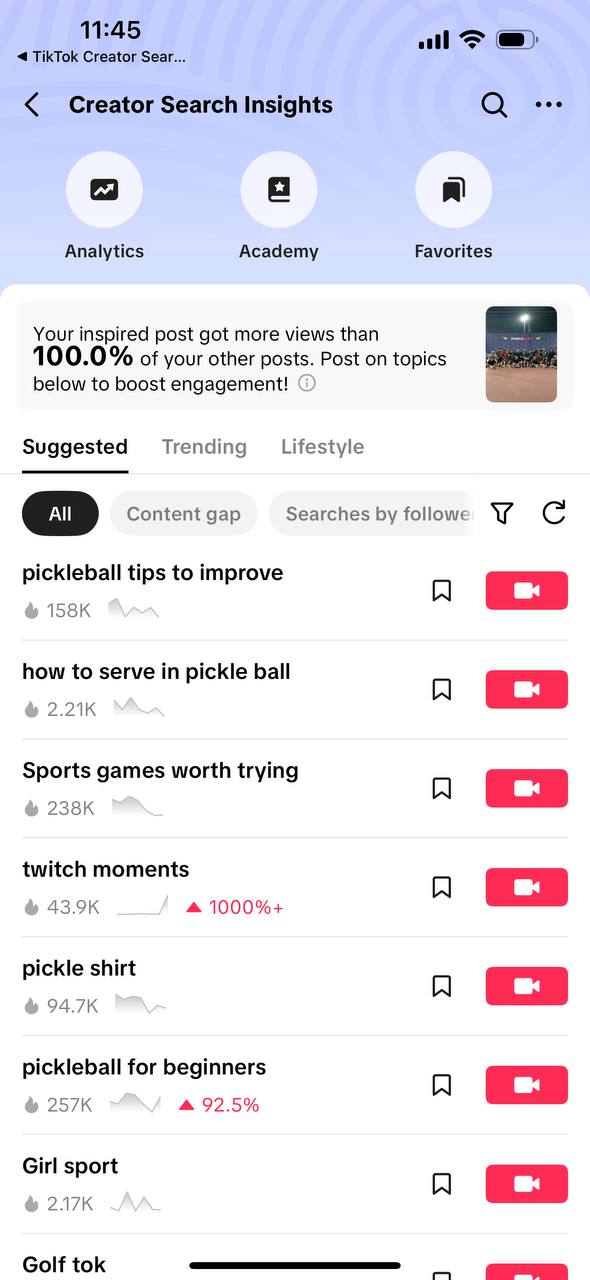

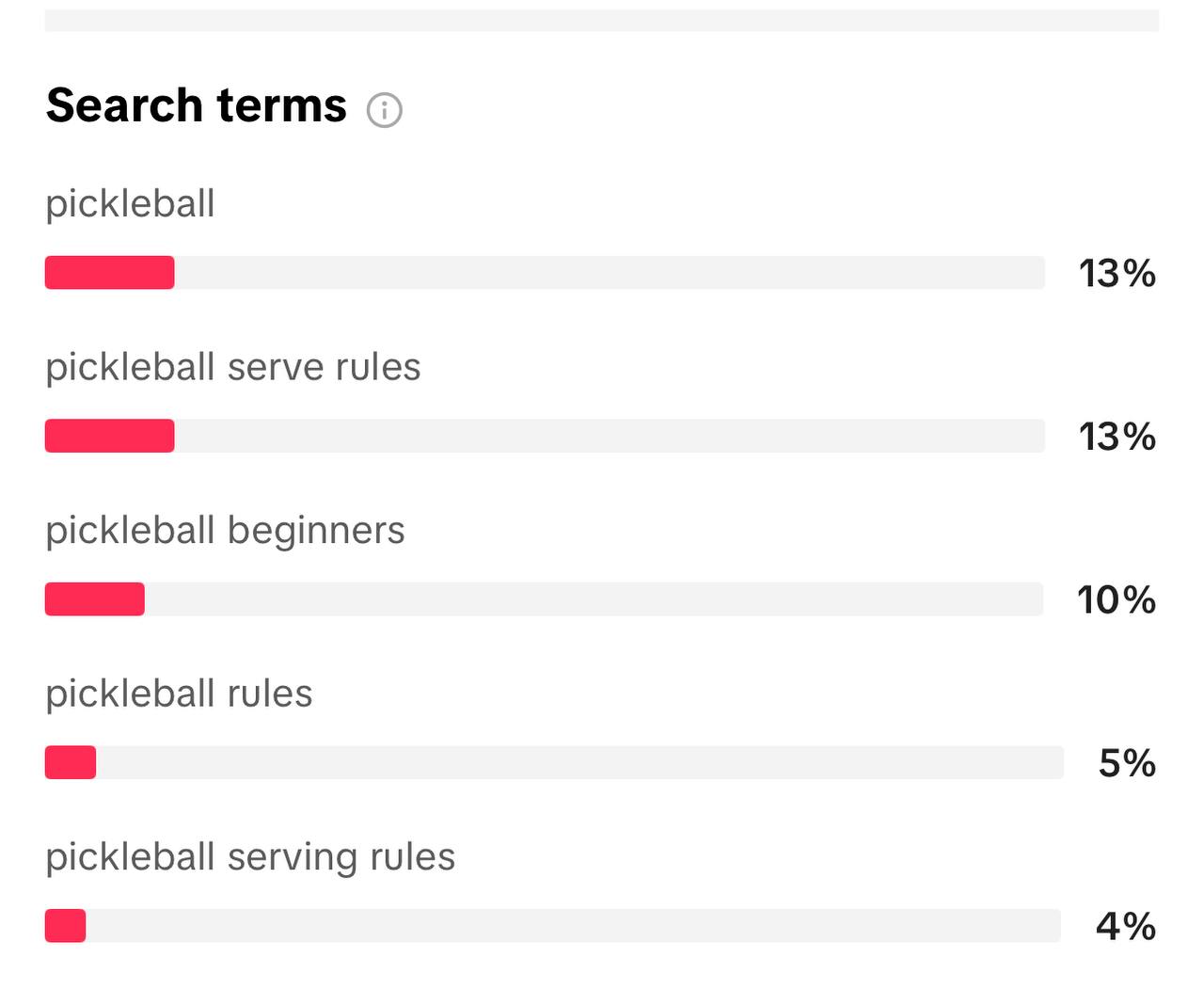
Final thoughts

 Kass
Kass 



















![The 2026 AI Search Benchmark Every SEO Leader Needs [Webinar] via @sejournal, @lorenbaker](https://www.searchenginejournal.com/wp-content/uploads/2025/11/1-259.png)












.jpg&h=630&w=1200&q=100&v=ebcc31501f&c=1)